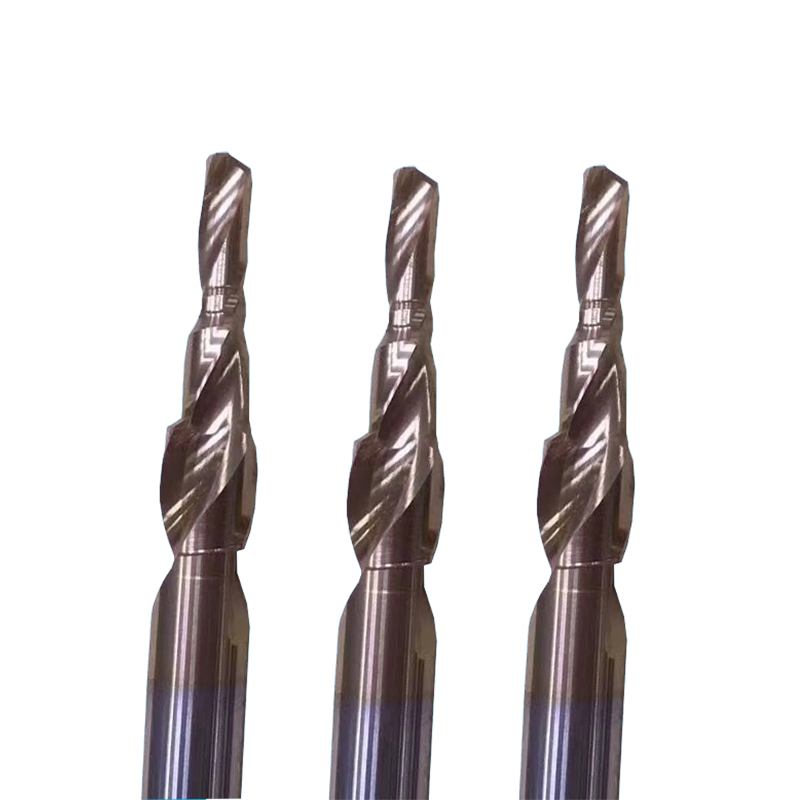A carbide drill might be the most common tool in the toolbox but it is also the least understood. A low helix angle or straight-fluted drill is great for short chipping abrasive materials like cast iron and ductile iron. Medium helix angles, 25 to 30 degrees, are good for general-purpose drilling in a variety of tough materials because the angle helps with chip evacuation. Aluminums and coppers tend to like high helix angles that provide an auguring effect which, again, helps with chip evacuation. Choosing a drill with the right characteristics for a specific material and application will extend tool life and produce round, straight holes with smooth finishes.

Coatings also make a significant difference. We have one multi-layer coating on a drill that works across the board. That coating contains titanium and chromium along with layers of titanium silicon. The silicon gives the coating a high lubricity so chips can slide off and you don’t get a built-up edge. Avoiding a built-up edge is a huge key to maintaining the tool’s shearing ability and avoiding marks on the hole walls. Some new coatings combine with higher speeds to shear the material to produce a hole with a good finish. These coatings need to be able to handle the heat from the high speed.
Moving from a single-margin to a double-margin drill can assist when quality requirements include close tolerances and smooth finishes. A double-margin drill has a margin on the leading and trailing edges along the helix. Those margins stabilize the drill by giving it four points of contact in the hole and provide a burnishing effect to leave a very nice finish. Controlling runout is another key to hole quality. Runout can lead to an oversized hole and prevent the operator from optimizing the speed. It can cause the drill to create a larger and larger hole as it gains speed and whips around.
Xiamen Yushang is a professional supplier in China with 10 years experience devoted to producing kinds of CNC cutting toola, milling tools and turning tools, accept custom service. contact sales01@ysgjtool.com to get more information.